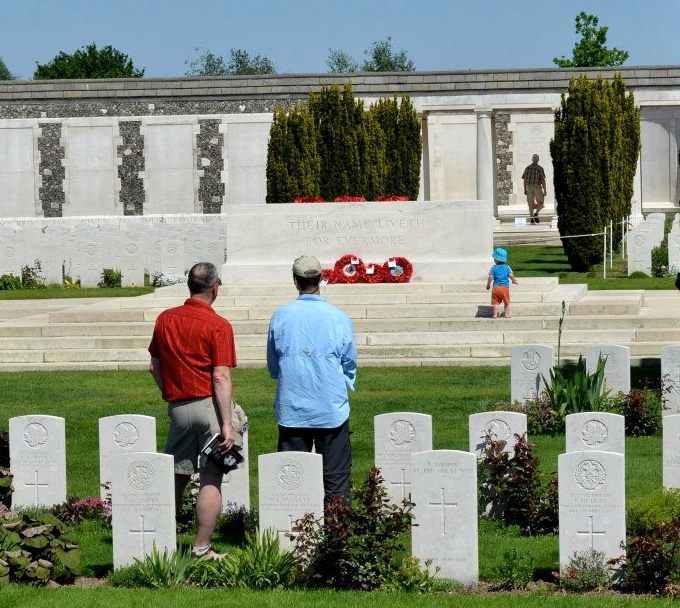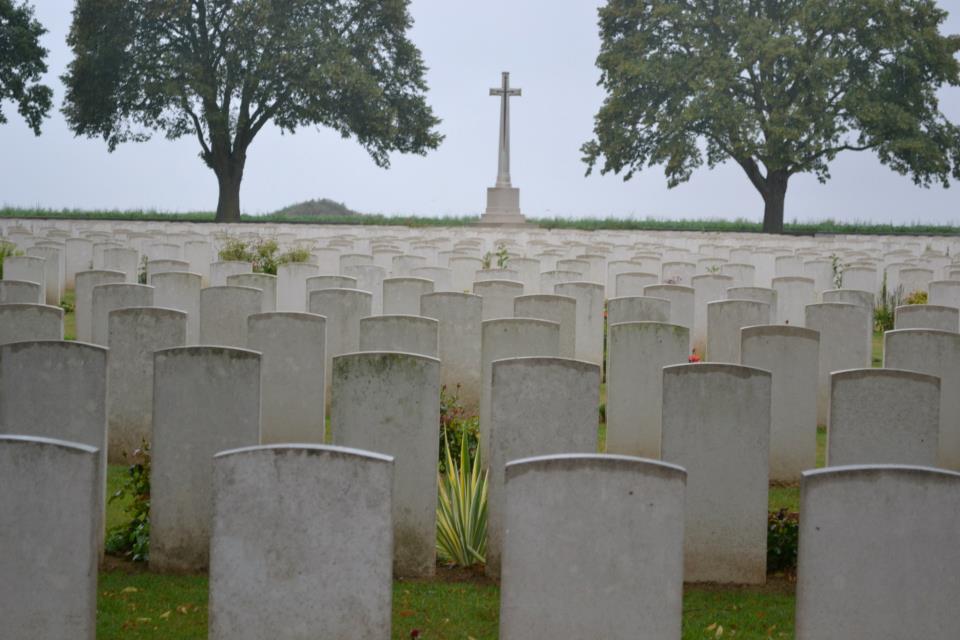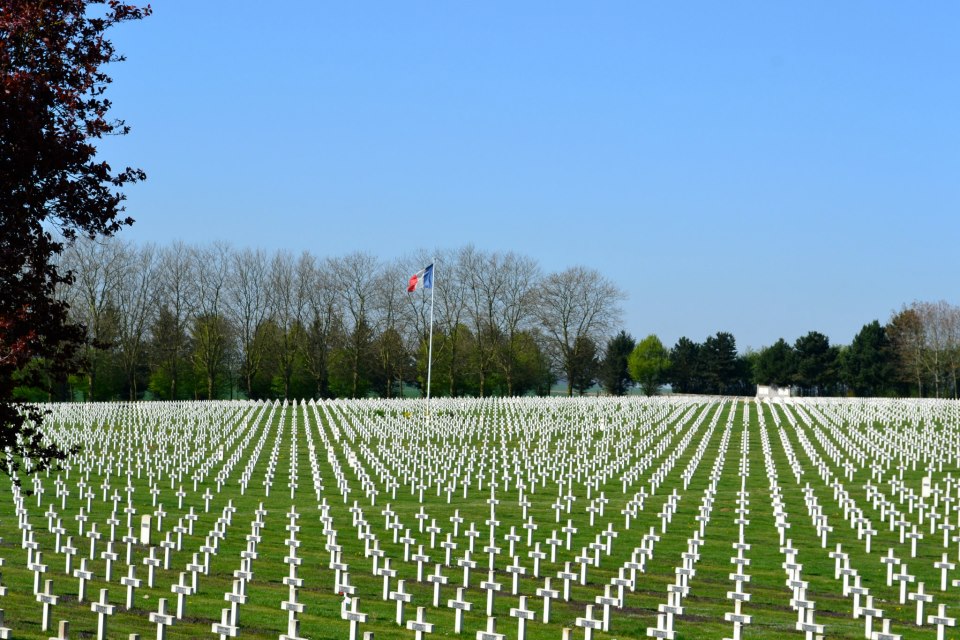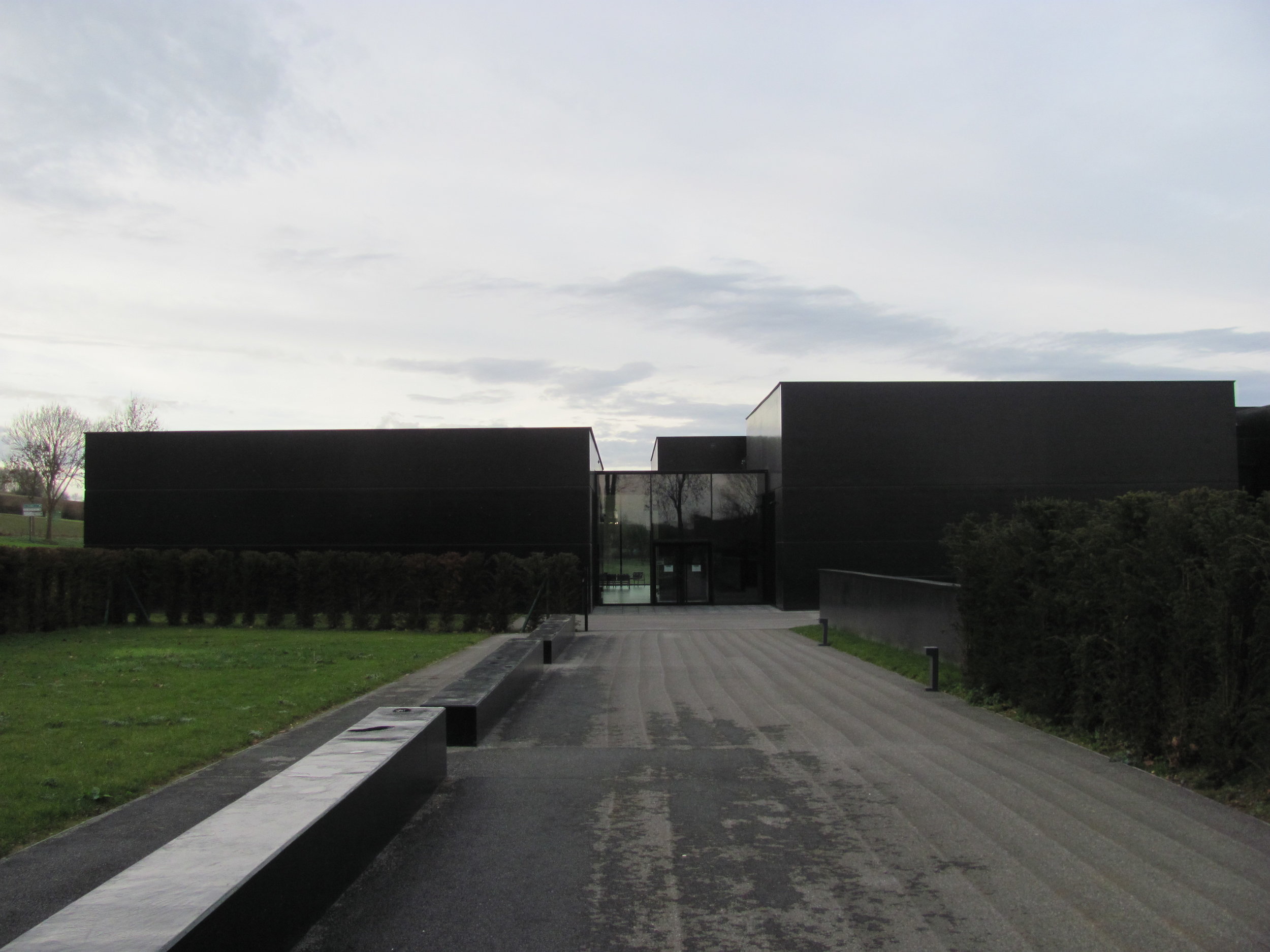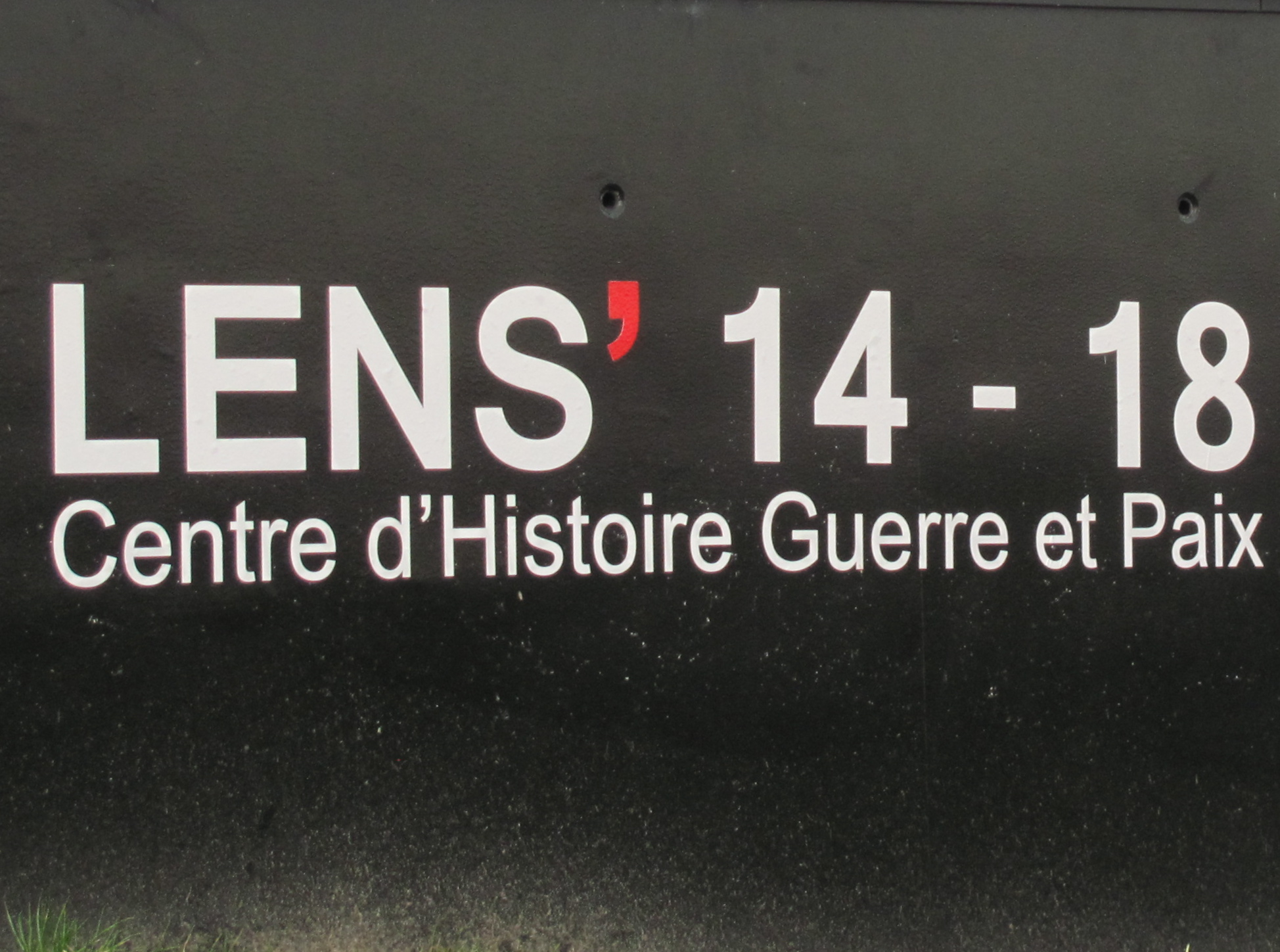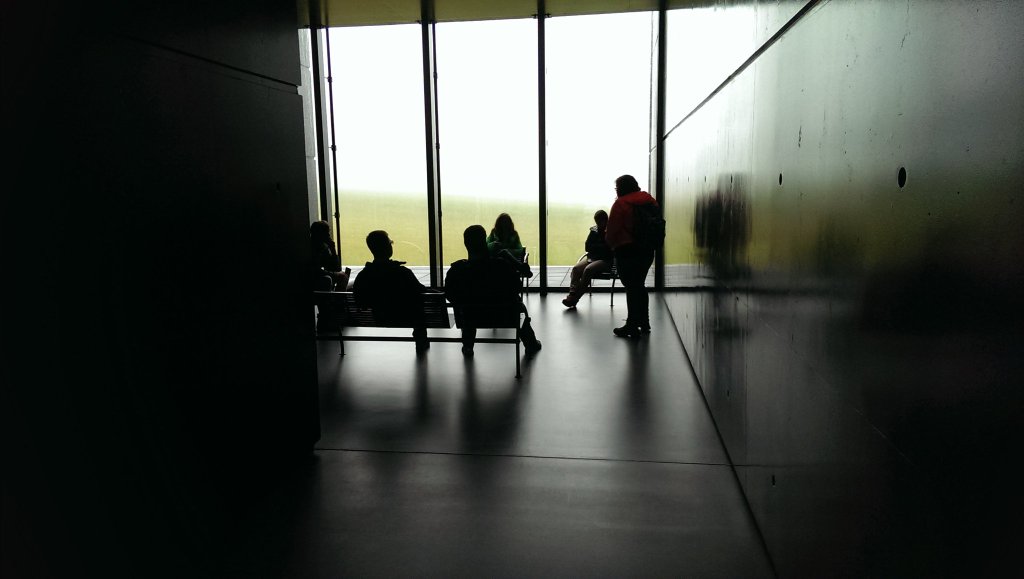Dave kindly joined me for an evening with Romeo Dallaire in Kingston this week. A man whose life inspires - a soldier, leader, politician, best-selling author - a cerebral man. His delivery was humour filled but it was a very serious message. He spoke about his life since Rwanda and the ongoing need for more resources for those who suffer from PTSD related to the stress of fighting wars. He clearly shared how suicide is too often the result of those who really just need more systemized support through therapy and financial resources.
He commented on the opportunity we have on every Remembrance Day to say thank you to those who have served or who are serving. He highlighted that Remembrance Day is about not only recognizing those we have lost in conflicts but also to their families, those who were injured and all those who survived. He urged us to talk about PTSD to support those who suffer with it and the families who suffer with them. He nudged the audience that we should be talking about this on Remembrance Day too. It is a simple gesture to say thank you. It requires more energy to make the needs of veterans and the needed resources for those suffering from PTSD a focus for our politicians. We could do both.
Romeo Dallaire Waiting for First Light: My Ongoing Battle with PTSD (co-author Jessica dee Humphreys) book launch


